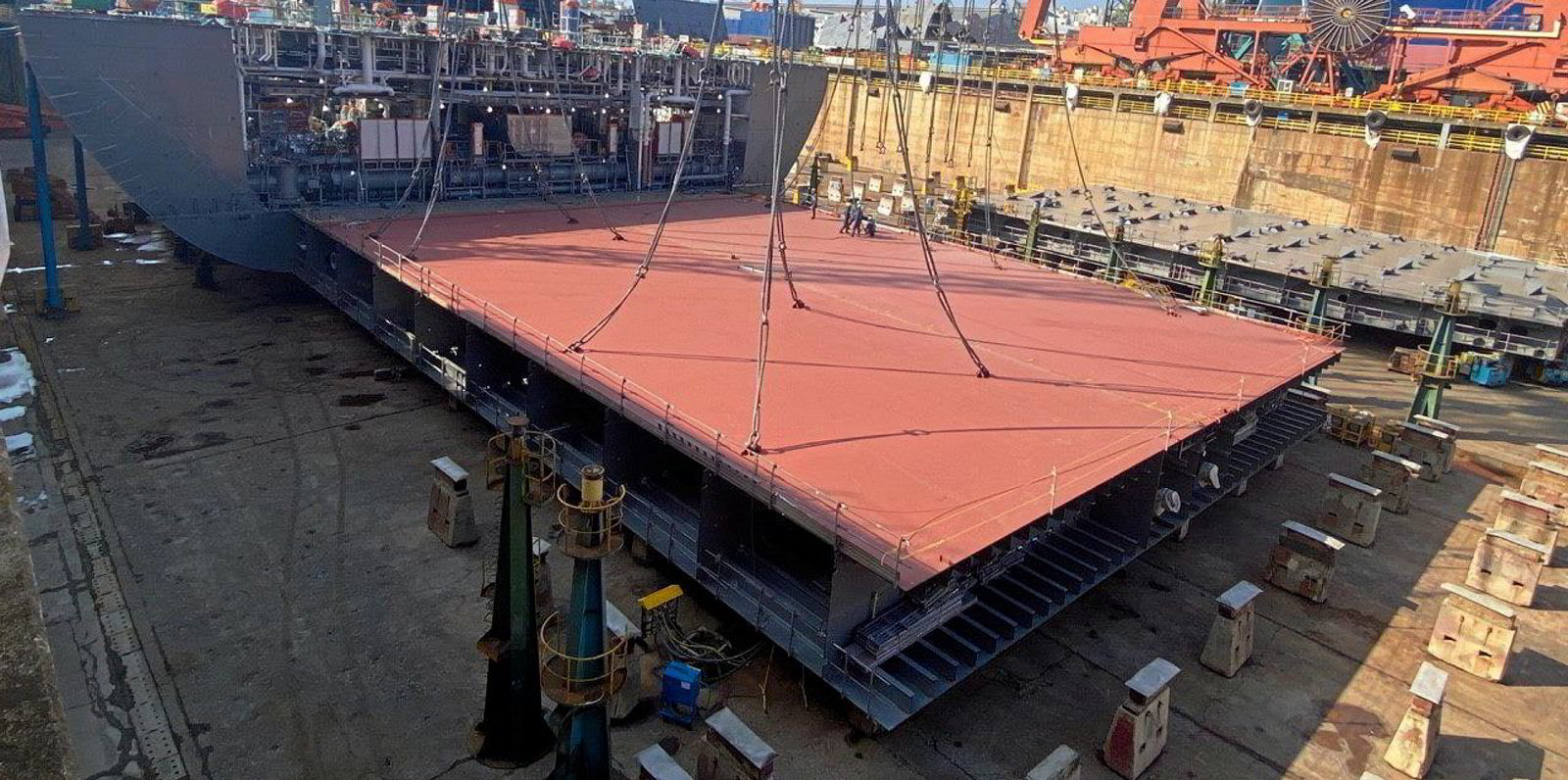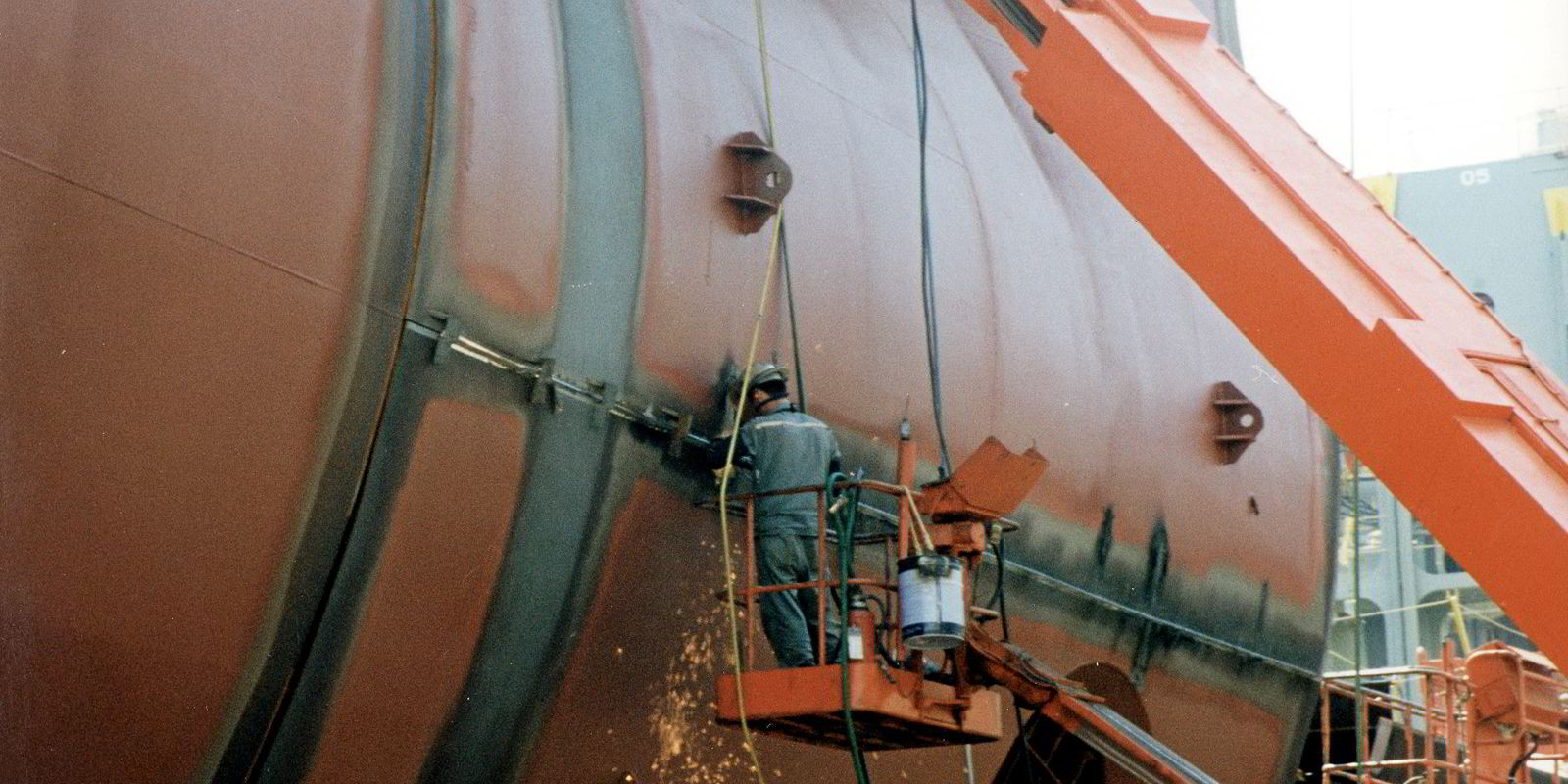New data from Clarksons Research shows a big fall-off in overall vessel ordering, but LNG carrier deals have hit record highs.
In the first quarter, 259 newbuildings of 16.8m dwt and 9.2m cgt were contracted at global shipyards.
This is down 47% year-on-year in dwt terms.
But 37 LNG carriers of 6.1m cbm were ordered, the biggest quarterly number ever.
The January to March period also saw the highest proportion of alternative fuel-capable contracts on record, with 105 such ships ordered — or 56% of ordered capacity.
In March, a total of 88 ships of 6.1m dwt were added to yard orderbooks, including 49 container ships of 0.3m teu and 13 LNG carriers of 2.3m cbm.
The UK company said that as overall orders fell, prices rose due to elevated steel prices and firm shipyard forward cover.
The Clarksons newbuilding price index stands at its highest level since 2009.
A 15,500-teu boxship now costs $156m, up 33% year-on-year, while a 174,000-cbm LNG vessel is priced at $222m, a jump of 17%.
Following Shanghai’s Covid-19 lockdown in late March, most yards in the city were reported to have halted production.
Production restarting?
Major shipbuilders declared force majeure on scheduled deliveries.
“However there have been recent indications that some shipyards are in the process of restarting production as local authorities begin to permit the reopening of manufacturing facilities,” said Clarksons Research.
The company believes yards can catch up with schedules.
Its full-year delivery forecast is for 72.2m dwt of new ships to hit the water, down 16% from 2021.
But deliveries in 2023 are projected to reach 78.3m dwt.
Scrapping subdued
In the first quarter, 99 vessels of 3.5m dwt were reported sold for recycling, representing a slow start to the year.
Tanker scrapping, totalling 45 units of 2.1m dwt, accounted for 59% of demolition activity in the period in dwt terms.
As rates remain firm across all sectors, Clarksons Research believes recycling will be subdued this year.
The 2022 projection is for 22.5m dwt to be removed, similar to the 2021 level.
But there could be an increase next year, supported by the potential impact of incoming environmental regulations.




